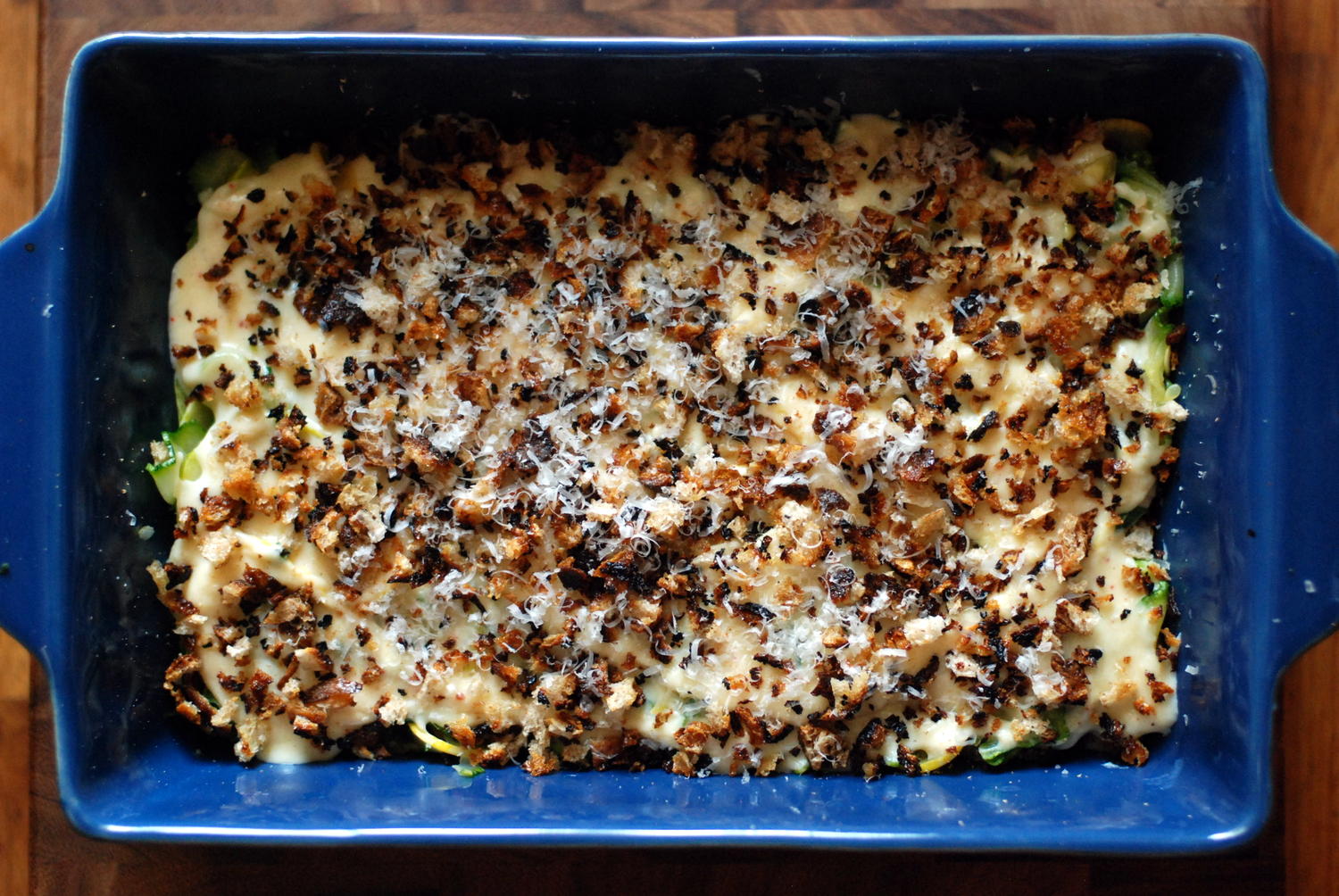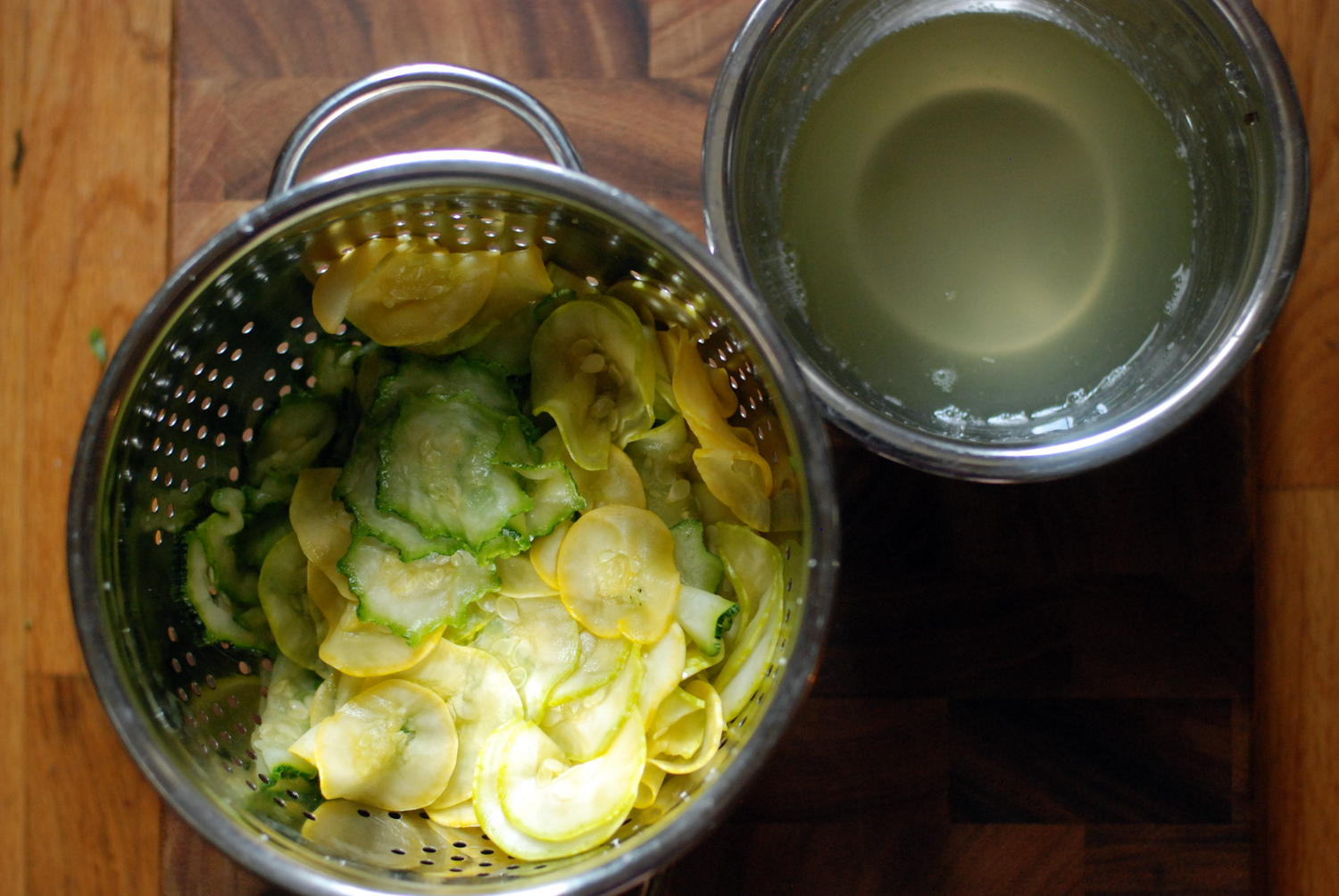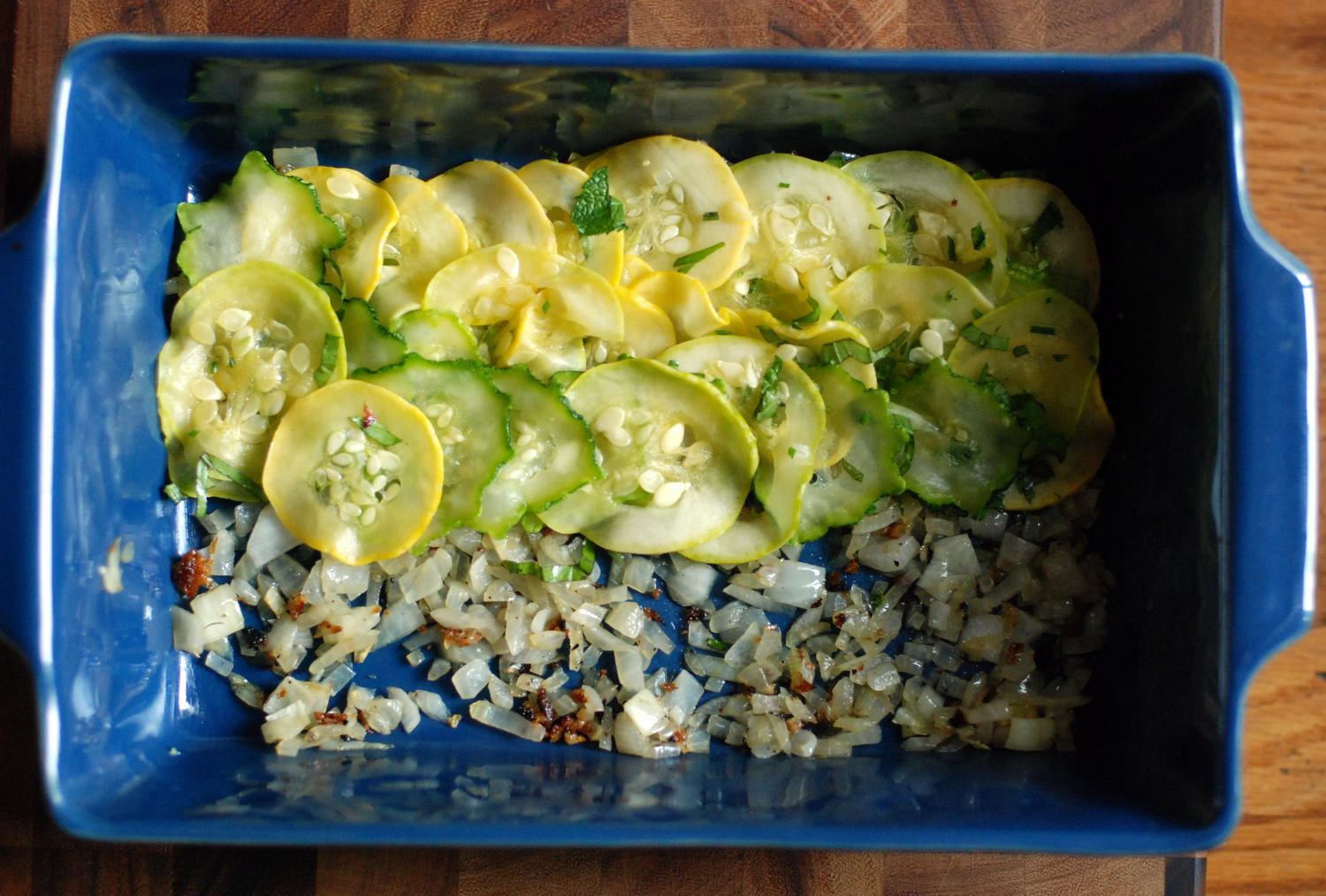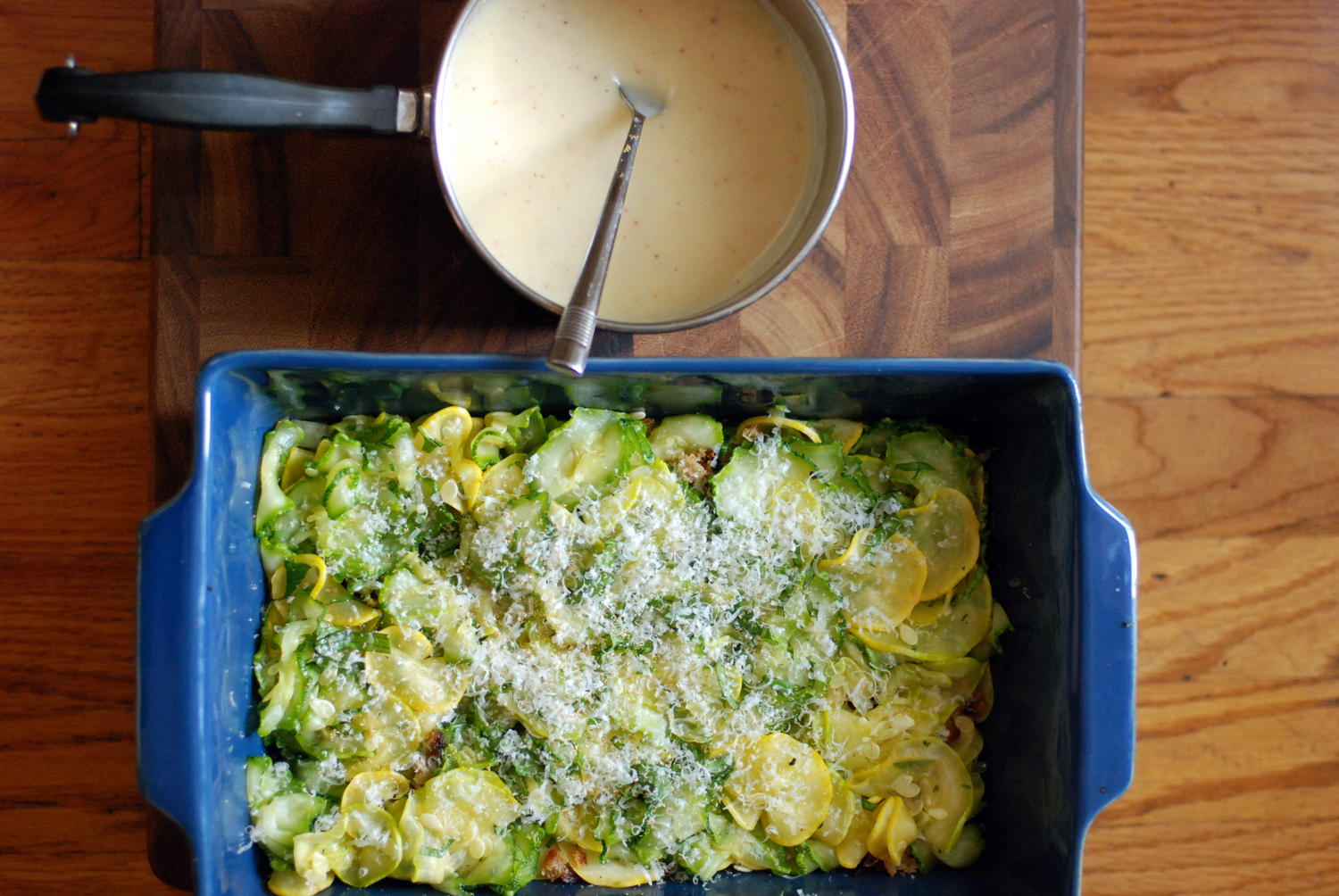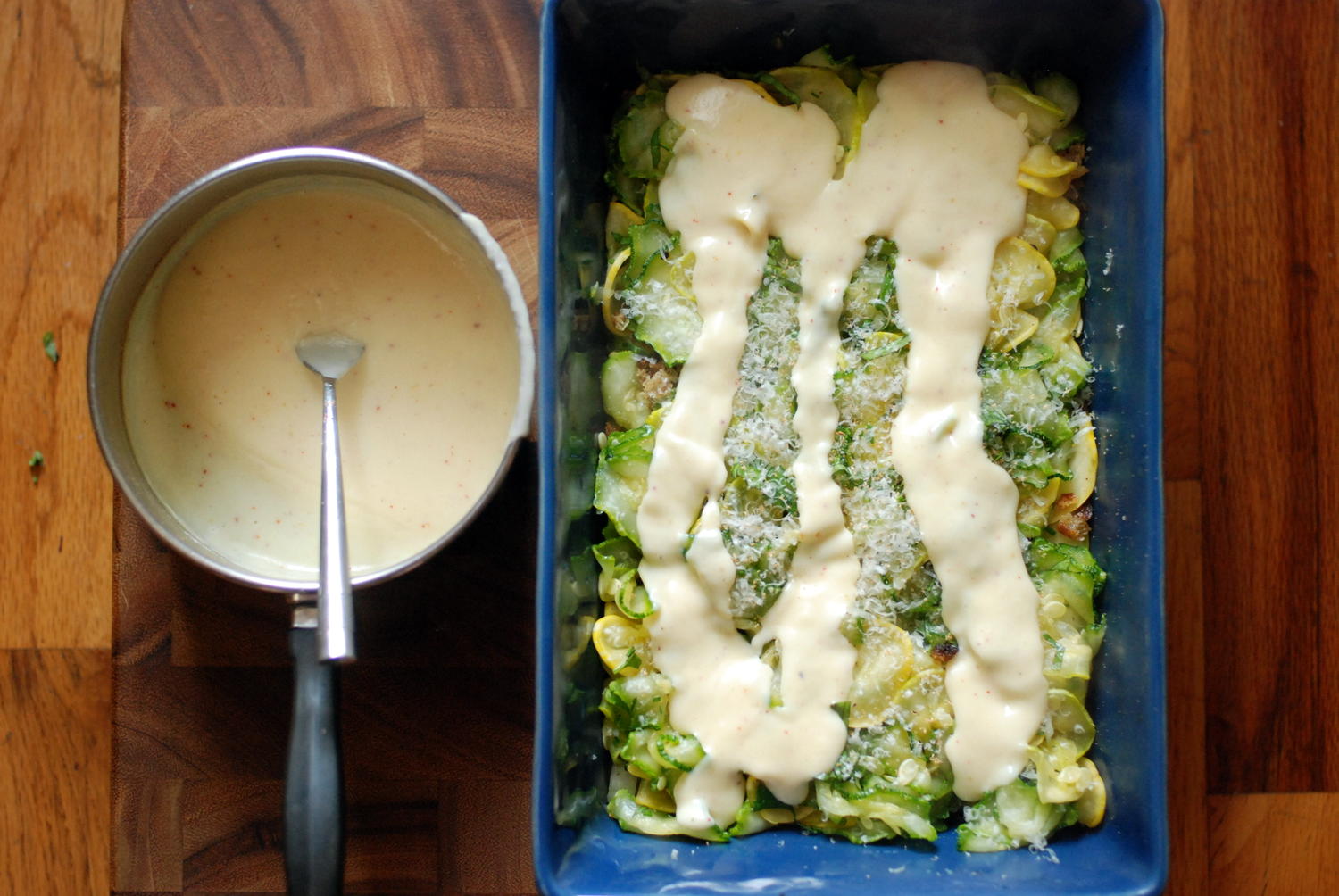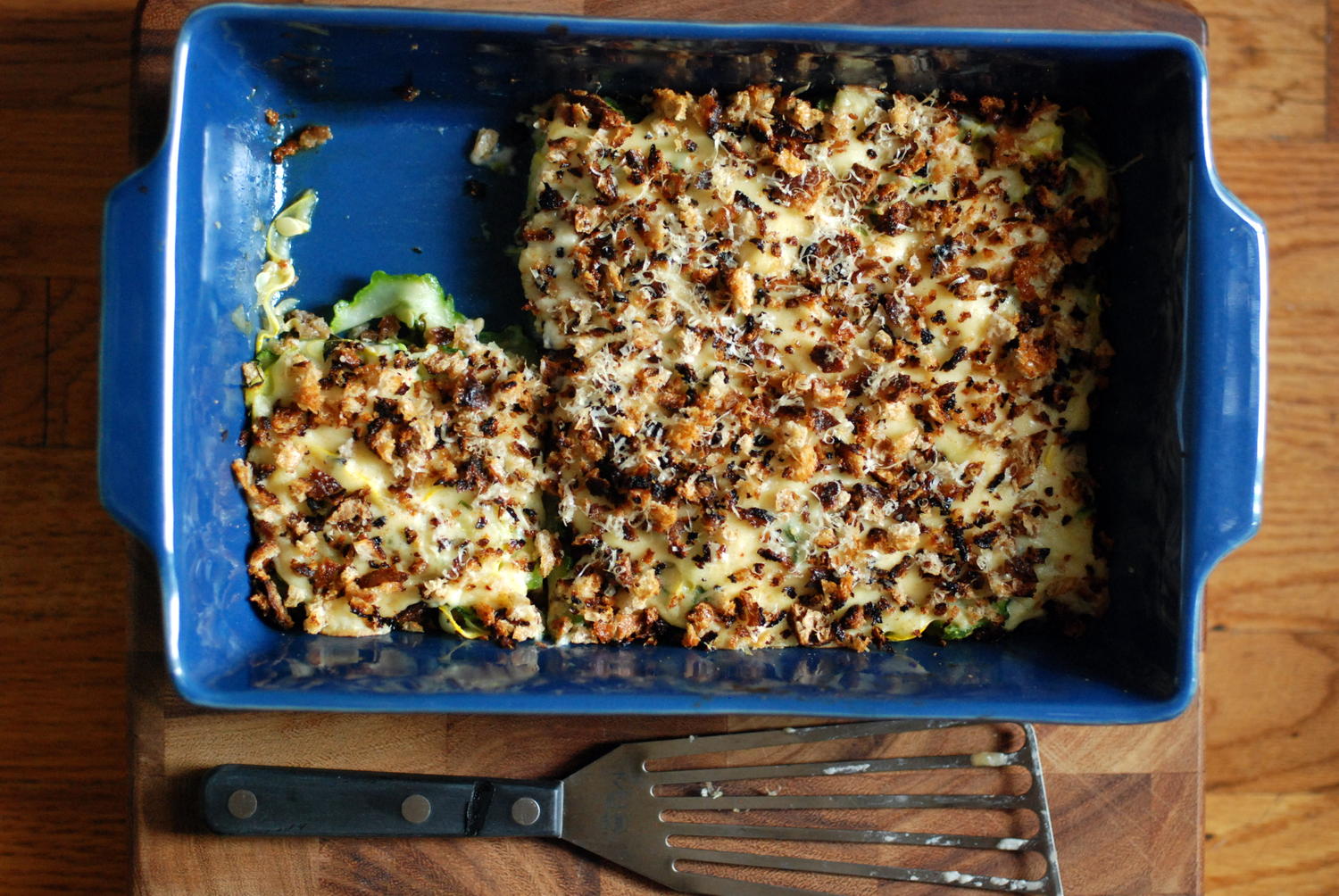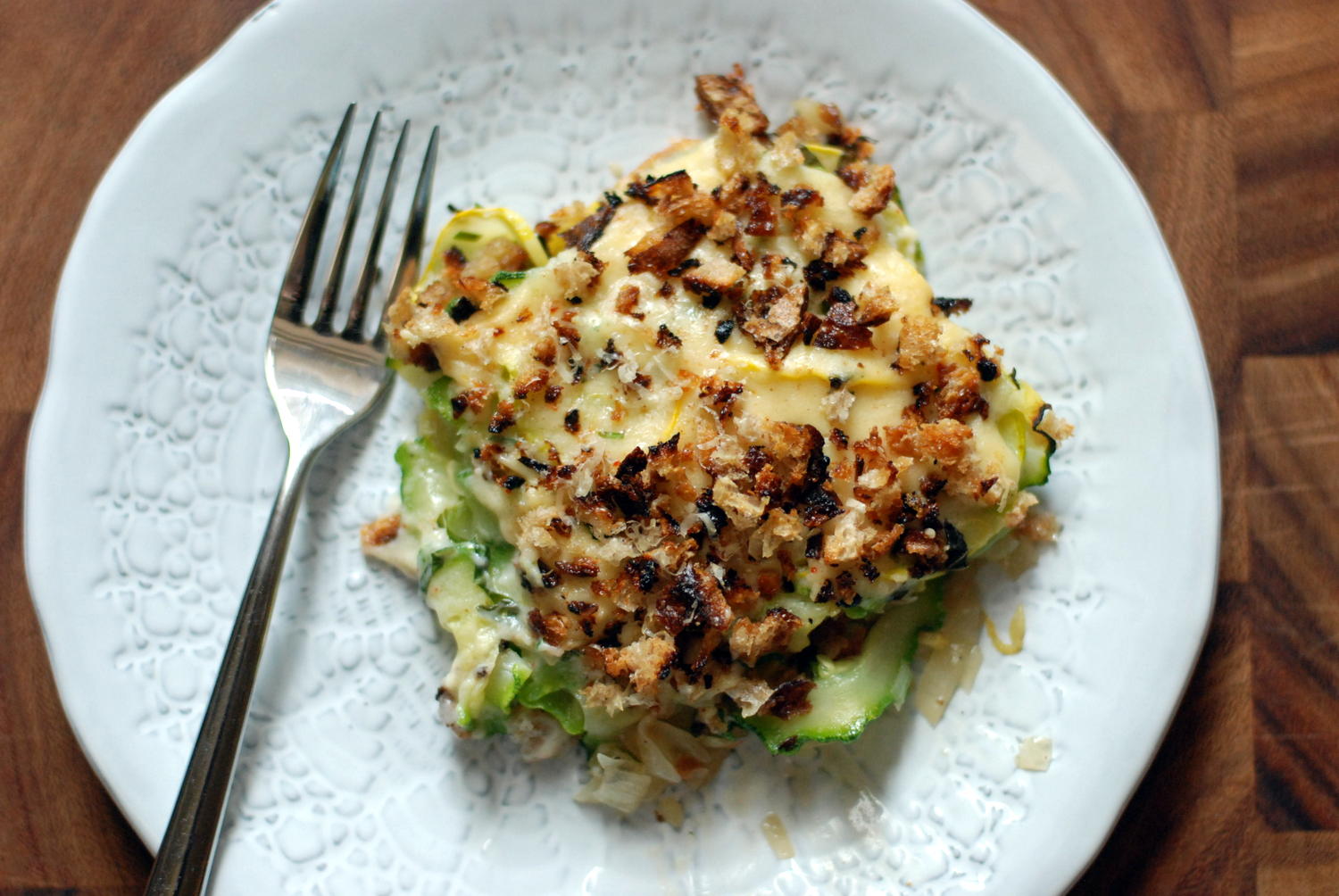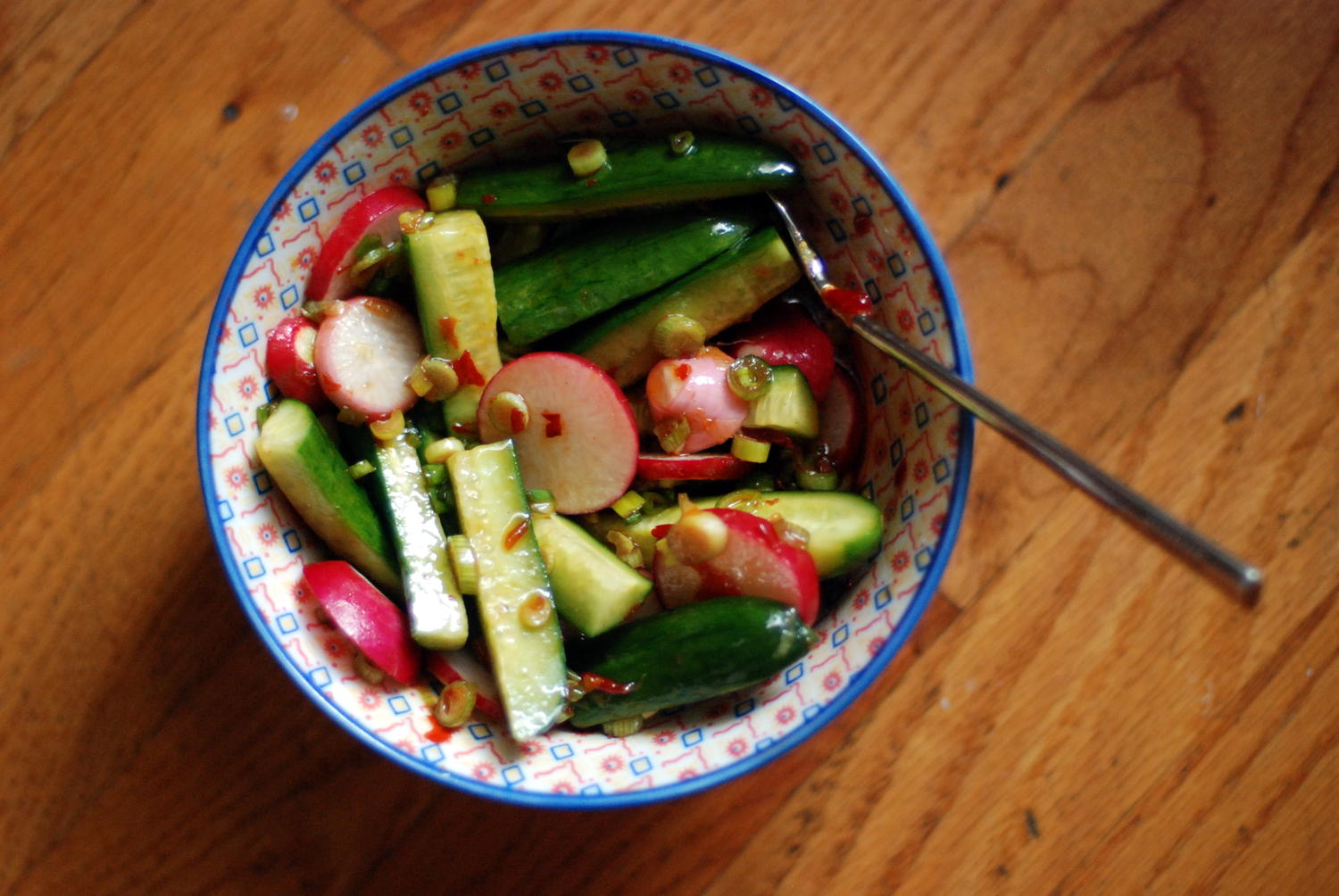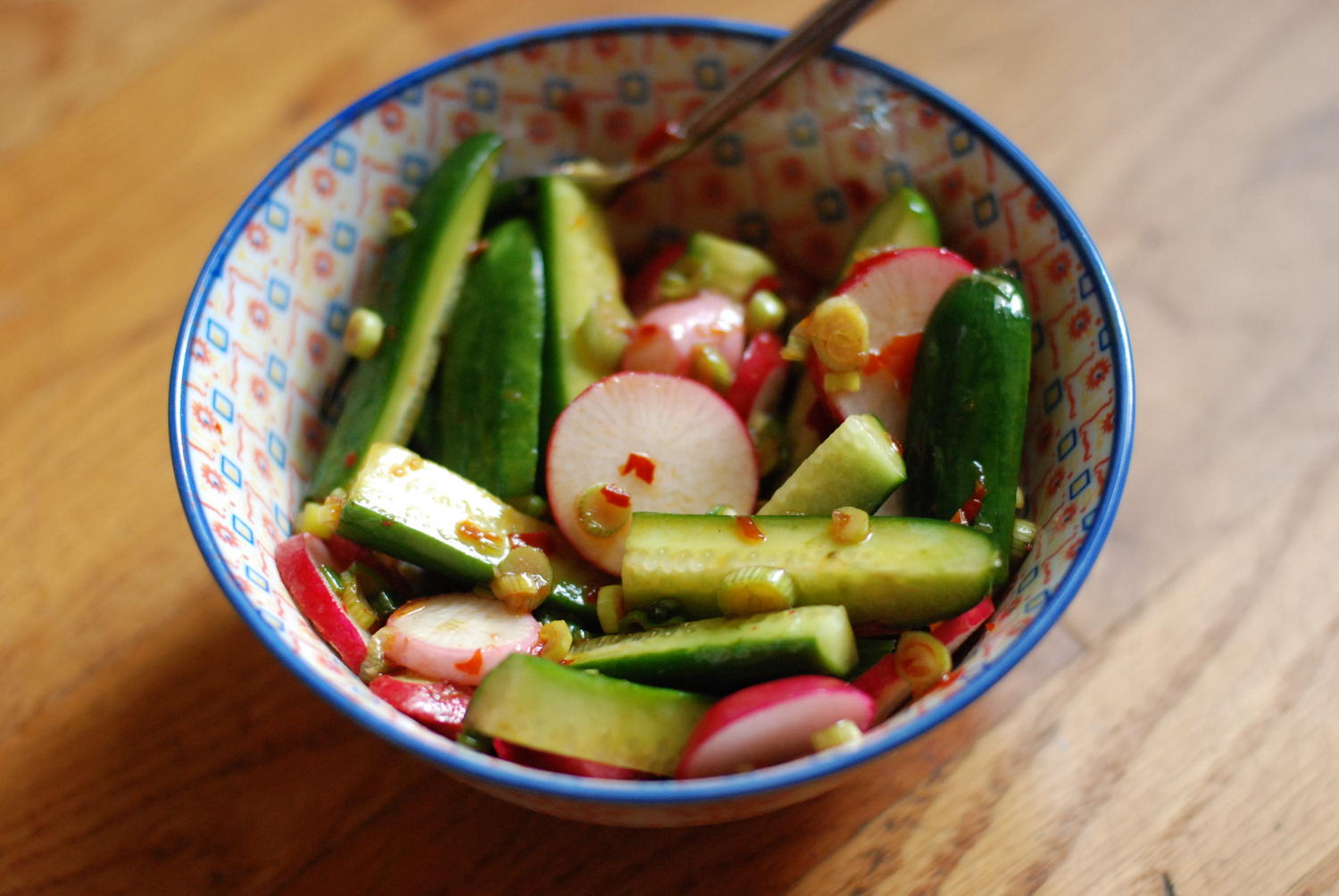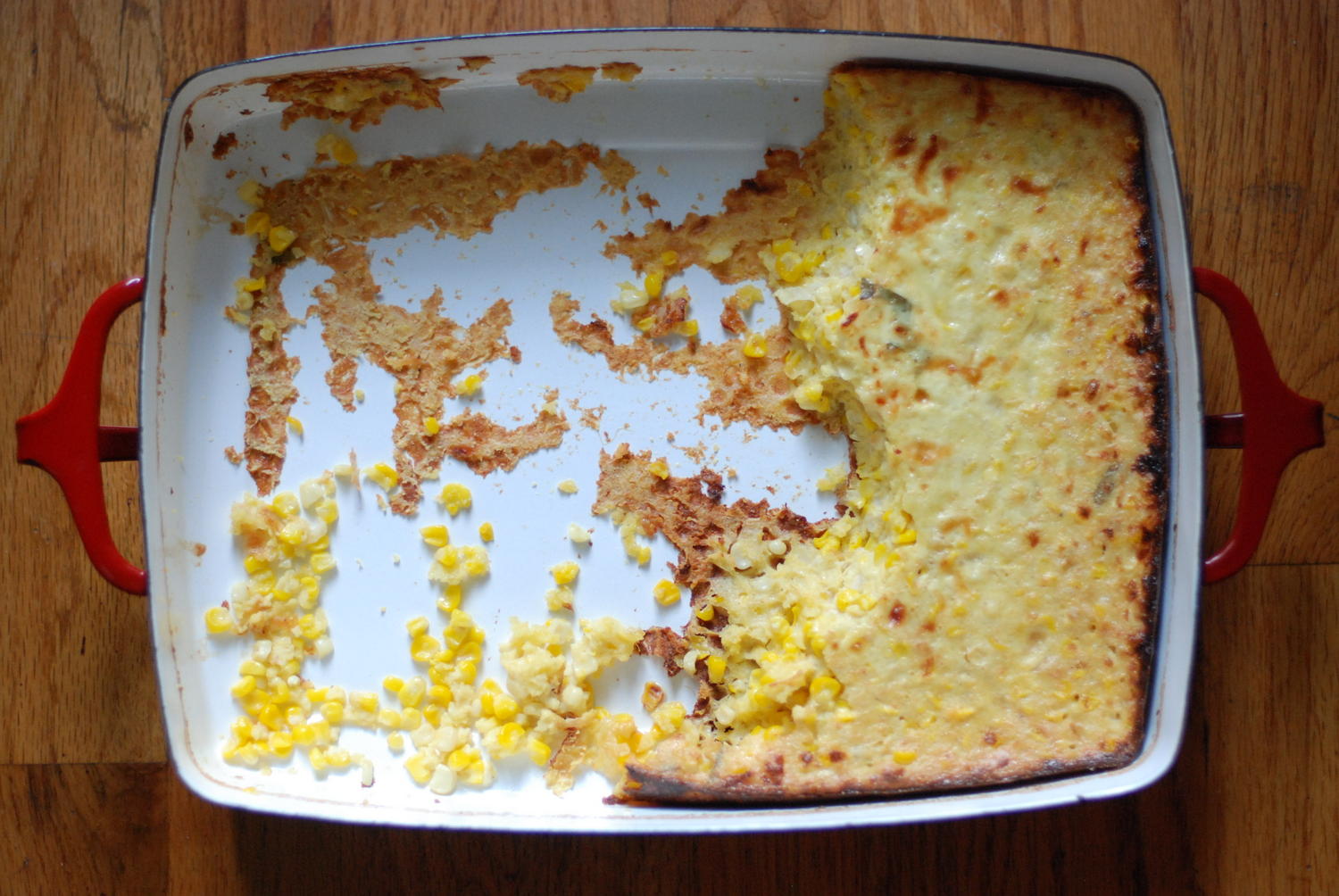 Turkey's on my mind this month, since my brother has spent his summer doing research and meeting interesting folks in Kurdistan, Tel Aviv, and now, Istanbul. I spent a week in Istanbul back in 2006, but according to my brother, so much has changed since I visited. I feel like I missed at least half the great food Istanbul has to offer, and he's definitely making up for my poor planning. For the rest of us, though, here are some great links to food in Turkey, specifically Istanbul, and then a slew of other links that caught my eye this month.
Turkey's on my mind this month, since my brother has spent his summer doing research and meeting interesting folks in Kurdistan, Tel Aviv, and now, Istanbul. I spent a week in Istanbul back in 2006, but according to my brother, so much has changed since I visited. I feel like I missed at least half the great food Istanbul has to offer, and he's definitely making up for my poor planning. For the rest of us, though, here are some great links to food in Turkey, specifically Istanbul, and then a slew of other links that caught my eye this month.
- The dough for Katmer, one of my favorite Turkish pastries, is notoriously thin. Watch an expert make it effortlessly (then go find some - it's amazing.)
- Anissa Helou's whole vimeo channel, while we're at it. From baklava to lavash to tagliatelle, she's caught it all on video.
- Robyn's food tour with Istanbul Eats, run by my buddy Yigal. I'm full just reading it.
- As if they knew I'd be doing a Turkey edition of link love, Yigal and team recently posted an awesome-looking tour of Gaziantep, the food capital of Turkey. Wish I could go on this so, so bad.
- Last but not least, if you've never had isot biber, you've been missing out. It's a Turkish chile (also called urfa biber) that's similar to Aleppo chile, but, I would argue, better. Also, Aleppo chile is really hard to come by these days, for obvious reasons; isot is a great substitute. it's smokey and floral and in some cases, mixed with sumac and salt and other stuff. It's what I use in my green beans and in so many other things. It's really a staple around here. You can get it from igourmet (linked above) or Kalustyan's. To give some perspective on how essential it is to my cooking, I have two different jars of it that live permanently on the counter, and at least one kilo stowed away. It's that essential.
And other non-Turkey related stuff:
- Chocolate ice cubes for your ice coffee and Angostura-thyme ice cubes for your iced tea. Brilliant.
- I love Yam Som-O (pomelo salad) and make it all the time. Cara of BGSK recently wrote up her trip to Thailand, and shared this fine-looking recipe for Som Tam-style broccoli, which I will be making as soon as broccoli is back in my good graces.
- Can I geek out on you guys for a second? Earlier this year, I bought a pressure canner from my friend Cathy, who had 3 because she was testing recipes for her eagerly-anticipated, extremely awesome book, Mrs. Wheelbarrow's Practical Pantry, coming out this fall and available now for preorder on Amazon. So yes: she sold me one of her pressure canners. But owning a pressure canner isn't quite the same as using one, and it took me until this weekend to finally take the plunge. I was nervous: as in, I stared endlessly at the pressure gauge, worried in equal parts about the pressure dropping and the canner spontaneously exploding -- but it all turned out okay, and now I'm the proud owner of 6 pints of pressure-canned salsa, ready for winter. I can't wait to keep exploring more recipes. If you're interested in making the salsa recipe, for canning or just to eat now/freeze, you can find it here, on Food52. It's a Mrs. W classic.
- Last but not least: lately, some of you have asked for the recipes for dishes I've posted to my instagram. Just wanted to let you know that I've started posting recipes to the photos themselves, which makes it super easy to find the recipe you want. For example, click on a recent picture of okra and you'll find a pretty great, easy recipe for okra in tamarind-tomato sauce.
That's all for today. Happy Monday; hope it's a great week.

